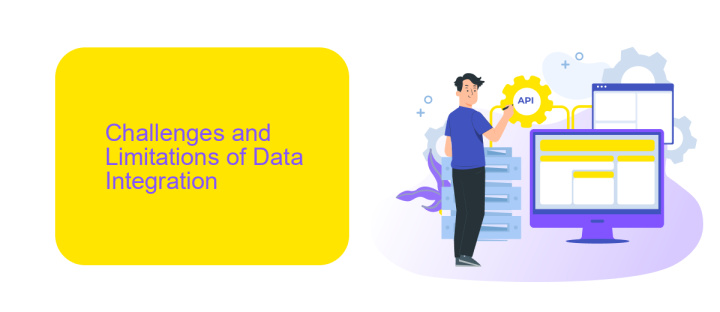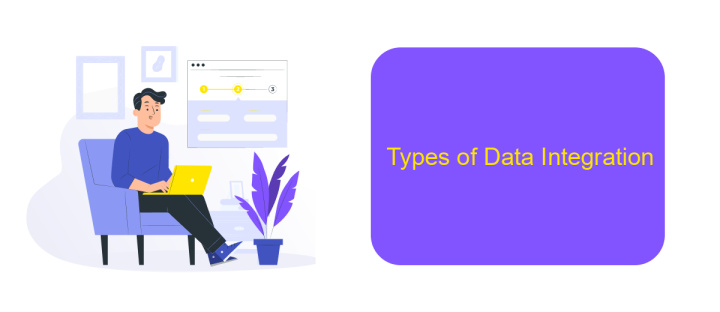Data Integration Definition in Database
Data integration in databases is a crucial process that involves combining data from different sources to provide a unified view. This integration is essential for ensuring data consistency, improving data quality, and enabling comprehensive data analysis. By seamlessly merging disparate data sets, organizations can make more informed decisions, enhance operational efficiency, and drive innovation.
Overview of Data Integration in Database
Data integration in databases involves combining data from multiple sources to provide a unified view, enabling more comprehensive analysis and decision-making. It addresses the challenges of data silos, ensuring that information from various systems can be accessed and utilized effectively.
- Combines disparate data sources
- Enhances data consistency and accuracy
- Facilitates comprehensive analysis
- Improves decision-making processes
- Reduces data redundancy
Effective data integration can be achieved using various tools and platforms. One such tool is ApiX-Drive, which simplifies the integration process by allowing users to connect different applications and automate data transfer. This service helps streamline workflows and ensures that data is synchronized across all systems, thereby enhancing operational efficiency and data reliability.
Challenges and Limitations of Data Integration

Data integration in databases presents several challenges and limitations that can complicate the process. One of the primary challenges is data inconsistency, as data from different sources may follow different formats, standards, and structures. This can lead to difficulties in ensuring data quality and accuracy. Additionally, the integration process often requires significant time and resources to map and transform the data into a unified format, which can be both costly and complex.
Another limitation is the scalability of data integration solutions. As the volume of data grows, the integration process can become increasingly slow and inefficient. Furthermore, maintaining real-time data synchronization can be challenging, especially when dealing with large datasets. Services like ApiX-Drive can help mitigate some of these challenges by providing automated data integration solutions that streamline the process and reduce manual effort. However, even with such tools, organizations must still address issues related to data security, privacy, and compliance with regulatory standards.
Benefits of Data Integration

Data integration in databases offers numerous advantages that significantly enhance the efficiency and effectiveness of data management. By combining data from various sources into a unified view, organizations can achieve a more comprehensive understanding of their operations and make informed decisions.
- Improved Data Quality: Integration helps in identifying and resolving inconsistencies, ensuring that the data is accurate and reliable.
- Enhanced Collaboration: With integrated data, different departments can easily share information, leading to better teamwork and streamlined processes.
- Cost Efficiency: Reducing the need for manual data entry and minimizing errors saves both time and resources.
- Better Decision Making: Access to a unified dataset allows for more accurate analysis and insights, supporting strategic planning and operational improvements.
Utilizing services like ApiX-Drive can further simplify the integration process by automating data synchronization between various platforms. This not only reduces the technical burden on IT teams but also ensures that data flows seamlessly across the organization. As a result, businesses can focus on leveraging their data for growth and innovation rather than worrying about the complexities of integration.
Types of Data Integration

Data integration is a crucial aspect of managing information across various systems and databases. It ensures that data from different sources is combined to provide a unified view, facilitating better decision-making and operational efficiency.
There are several types of data integration methods, each tailored to meet specific business needs and technological environments. Understanding these types helps organizations choose the most appropriate approach for their data management strategies.
- Manual Data Integration: This method involves manually collecting and combining data from different sources. It is labor-intensive and prone to errors but can be useful for small-scale projects.
- Middleware Data Integration: Middleware tools act as intermediaries that facilitate the seamless transfer of data between systems. They help in automating the integration process, reducing manual efforts.
- Application-Based Integration: This approach uses applications designed specifically to integrate data from various sources. Tools like ApiX-Drive can automate and streamline this process, making it more efficient and less error-prone.
- Uniform Data Access: This method provides a consistent way to access data from different sources without moving it, ensuring data remains in its original location while being accessible.
Choosing the right type of data integration depends on factors like the volume of data, the complexity of the data sources, and the specific needs of the organization. Tools like ApiX-Drive can significantly simplify the process, offering robust solutions for efficient data integration.
Tools and Technologies for Data Integration
Data integration involves combining data from different sources and providing a unified view. There are several tools and technologies available to facilitate this process. ETL (Extract, Transform, Load) tools such as Apache Nifi, Talend, and Microsoft SSIS are widely used to automate the extraction of data from various sources, transforming it into a suitable format, and loading it into a target database or data warehouse. These tools support a wide range of data formats and can handle large volumes of data efficiently.
In addition to traditional ETL tools, cloud-based integration platforms like ApiX-Drive offer a more flexible and user-friendly approach to data integration. ApiX-Drive allows users to connect various applications and automate data transfers without any coding knowledge. This service supports numerous integrations with popular applications and databases, making it easier for businesses to synchronize data across different systems. By utilizing such platforms, organizations can streamline their data workflows, reduce manual efforts, and ensure data consistency and accuracy.
FAQ
What is data integration in a database?
Why is data integration important?
What are the common methods of data integration?
What challenges are associated with data integration?
How can automation tools aid in data integration?
Strive to take your business to the next level, achieve your goals faster and more efficiently? Apix-Drive is your reliable assistant for these tasks. An online service and application connector will help you automate key business processes and get rid of the routine. You and your employees will free up time for important core tasks. Try Apix-Drive features for free to see the effectiveness of the online connector for yourself.

